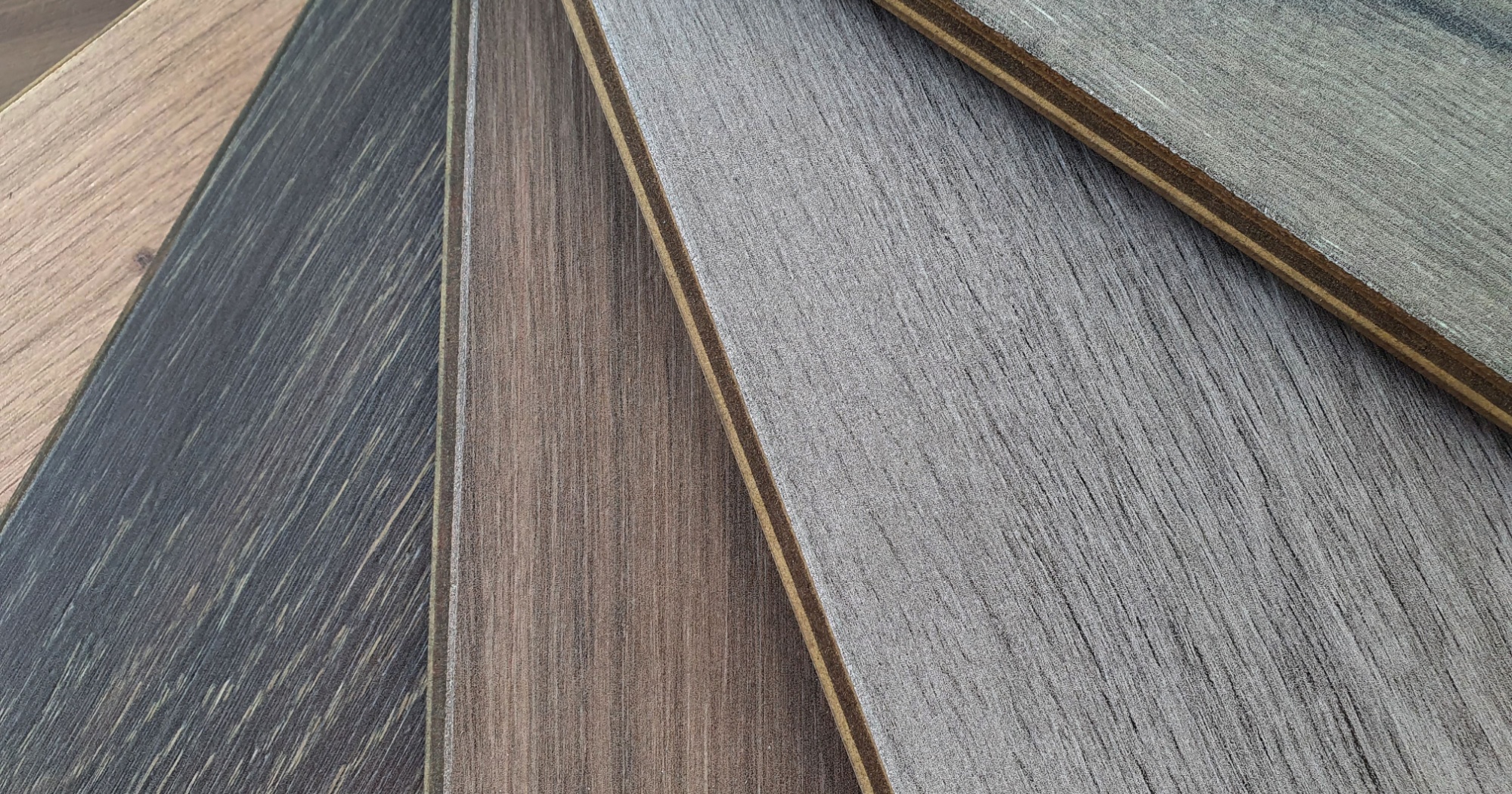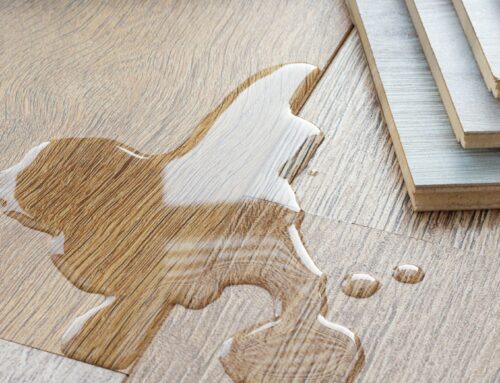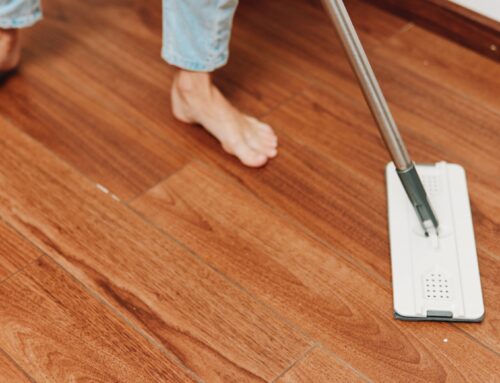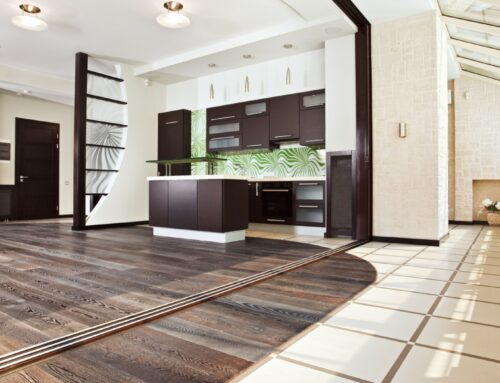Discover the Best Flooring Fit for Your Home
When it comes to choosing the perfect flooring for your home, the decision often boils down to two popular options: hardwood and engineered wood flooring. Both flooring types have unique advantages and characteristics that cater to different preferences and lifestyles, but which one is the best fit for your needs?
In this blog post, we’ll delve deeper into the differences between solid vs engineered wood flooring, thoroughly exploring key aspects such as their composition, moisture resistance, installation processes, refinishing possibilities, overall cost, and environmental impact. Hardwood floors are known for their timeless beauty and durability, often adding significant value to a home, while engineered wood offers greater stability and versatility in areas with fluctuating humidity levels.
We’ll also discuss the installation methods for each type, including the pros and cons of DIY versus professional installation. Furthermore, understanding the refinishing options available can help you make a more informed decision, as hardwood can be sanded and refinished multiple times, while engineered wood has limitations in this area.
Anchor Floors can assist you in finding the right flooring solution that meets your specific needs. We hope this guide helps you start your journey to choosing the perfect new floors for your home, empowering you to select the option that aligns with your aesthetic preferences, budget, and the unique requirements of your space. By the end of this blog, you’ll have a clearer understanding of the pros and cons of each flooring type.
Solid vs Engineered Wood Flooring: A Side-by-Side Comparison
When comparing hardwood and engineered wood flooring, various factors come into play. The primary difference lies in their composition: hardwood consists of solid wood, while engineered wood has a hardwood veneer over plywood or high-density fiberboard. This contrast notably affects moisture resistance, with engineered wood proving more stable and less prone to warping in humid conditions, making it an ideal choice for basements or areas with varying temperatures.
In terms of installation, hardwood typically requires more time and effort, often involving nailing or stapling. Conversely, engineered wood offers a click-lock system or glue-down method, streamlining the installation process. Regarding refinishing, solid hardwood can undergo sanding and refinishing multiple times, whereas the thinner top layer of engineered wood restricts refinishing options. Cost-wise, engineered wood generally presents a more budget-friendly upfront investment, but the long-term value of hardwood shines through due to its durability.
In-Depth Look at Composition: Solid vs Engineered Wood
Understanding the main composition differences between solid vs engineered wood flooring is an essential part of making informed choices that determine the durability, aesthetics, and upkeep of your floors.
Solid Wood Flooring
Crafted from hardwood planks cut from a single piece, solid wood flooring boasts exceptional strength and longevity. Popular varieties like oak, maple, cherry, and hickory are renowned for their durability and unique characteristics.
- Oak: Noted for its durability and distinctive grain patterns in red and white varieties, oak complements diverse interior styles with its light to medium brown hues.
- Maple: Showcasing a fine, consistent grain and light color, maple offers excellent scratch resistance and a contemporary aesthetic appeal, making it a highly desired option for many homeowners.
- Cherry: Exhibiting a rich, reddish hue that deepens with time, cherry imparts warmth to any space despite its softer nature compared to oak and maple. Its maturation process enhances its allure, rendering it a charming choice for those desiring character in their flooring.
- Hickory: Admired for its hardness and varied grain patterns, hickory introduces character with a broad range of colors, ranging from pale to dark tones. This versatility empowers homeowners to craft distinct flooring designs that suit their tastes.
Engineered Wood Flooring
Engineered wood is made up of layers of plywood or high-density fiberboard featuring a genuine hardwood veneer on top. The layers that make up engineered hardwood give it more stability and moisture resistance when compared to solid hardwood. This innovative design makes it an excellent option for a variety of environments where solid hardwood wouldn’t normally be an option, especially in areas that are prone to fluctuating humidity levels, such as over-radiant heating systems or basements. The veneer allows the engineered wood to replicate the beauty of solid wood species discussed in the previous section. This allows homeowners to enjoy the aesthetic appeal solid hardwood offers with the additional benefits of engineered hardwood.
By understanding the differences between solid vs engineered wood flooring, you can enhance your home’s aesthetics while ensuring that your flooring choice aligns with your design preferences and practical needs.
Benefits of Solid and Engineered Wood Flooring
Exploring the benefits of both solid wood and engineered wood flooring can help you make the right selection for your home. Both bring unique advantages that not only add warmth and charm to a space but also have practical benefits when it comes to durability and maintenance. In this section, we’ll dive into the features of solid vs engineered wood flooring to help you make an informed decision that takes into account both your lifestyle and design preferences.
Benefits of Solid Hardwood Flooring
- Longevity: When properly maintained, solid hardwood flooring can last for generations and is, therefore, an investment that’s absolutely worth it, especially for those who want to enjoy timeless beauty in their homes.
- Ability to Refinish: The possibility of sanding and refinishing solid hardwood several times enables homeowners to change the look of their flooring over the years, adapting to trends in fashion or personal preference.
- Aesthetic Appeal: Rich character and natural variation in solid wood add warmth and visual interest to a room, often increasing the overall value of the property.
- Sustainability: Solid wood is very eco-friendly when responsibly sourced, with many manufacturers having sustainable forestry practices regarding the same.
Benefits of Engineered Wood Flooring
- Water Resistance: The layering construction provides class-leading resistance to water and humidity, making engineered wood a very good choice for highly fluctuating areas like basements and kitchens.
- Ease of Installation: Click-lock systems or glue-down options provide much faster installation compared to other types of flooring, ultimately saving time and labor costs.
- Cost-Effectiveness: Engineered wood is much cheaper, offering the possibility for more homeowners to stay within budget without sacrificing quality or appearance.
- Diverse Design Options: With multiple wood species and finishes, engineered wood flooring offers an alternative to create the look desired from solid hardwood but with better performance.
Maintenance Needs of Solid and Engineered Wood Flooring
Knowing how to care for both solid wood and engineered wood flooring will help to preserve their beauty and life.
Maintenance of Solid Wood Flooring
- Regular Cleaning: Easily get rid of dirt and debris by sweeping or vacuuming off the floor. Using a mop with a pH-neutral cleaner will provide adequate cleaning, but make sure not to use too much water, as this could cause warping.
- Periodic Refinishing: When you notice that your floor starts to dull, solid flooring can be sanded and refinished to bring it back to its former glory. This process can be done several times over the course of the life of the floor depending on the thickness of the wood.
- Humidity Control: Maintaining consistent indoor humidity levels are important to help prevent warping of solid wood flooring. You may need to utilize a dehumidifier or humidifier dependent on your circumstances to help maintain this balance.
How to Maintain Engineered Wood Flooring
- Easy Cleaning: Engineered wood flooring can be maintained in the same way as you would maintain solid hardwood flooring. The main difference is that engineered hardwood can withstand a little more moisture when mopping.
- Refinishing Options: While engineered wood can be refinished, this is sometimes limited to the thickness of the hardwood veneer. Depending on the product in question, it might only be able to be refinished once or twice, so homeowners should verify the specifications with the manufacturer.
- Less Sensitivity to Humidity: Due to the layered construction of engineered wood flooring, it is less prone to changes in humidity; thus, there is less monitoring required regarding environmental conditions.
Final Thoughts: Solid vs Engineered Wood Flooring
When deciding between hardwood and engineered wood flooring, it’s vital to reflect on your individual needs and preferences, as each option presents its own unique advantages that can elevate your living space. Solid hardwood floors are celebrated for their enduring beauty and resilience, infusing any home with warmth and character. On the other hand, engineered wood flooring is crafted from several layers of wood, providing enhanced stability and superior moisture resistance, rendering them an outstanding choice for humid environments.
Knowing the differences between engineered vs solid wood floor is vital in choosing the right type for your home. Solid hardwood can be sanded and refinished multiple times, extending its lifespan, and it allows for a variety of finishes that can be customized. On the other hand, engineered wood flooring comes as a more budget-friendly alternative but gives the same stunning beauty of solid wood.
At Anchor Floors, our team of flooring experts waits ready to help you through this process of decision-making and find the ideal choice of flooring for your home. We will not be surprised if so many options seem overwhelming. That is why personalized consultations are done that will just work perfectly with your lifestyle, taste, and budget to provide you with a well-informed choice to fulfill your needs.
We warmly invite you to visit our showrooms in Cedar Park and Georgetown, where you can immerse yourself in our extensive selection of flooring options. Experience the rich variety of textures, colors, and finishes that will allow you to envision how each choice could transform your space. If you prefer, you can conveniently schedule an appointment online to discuss your flooring needs at a time that suits you best. Reach out to us today, and let us embark on your flooring journey together!






